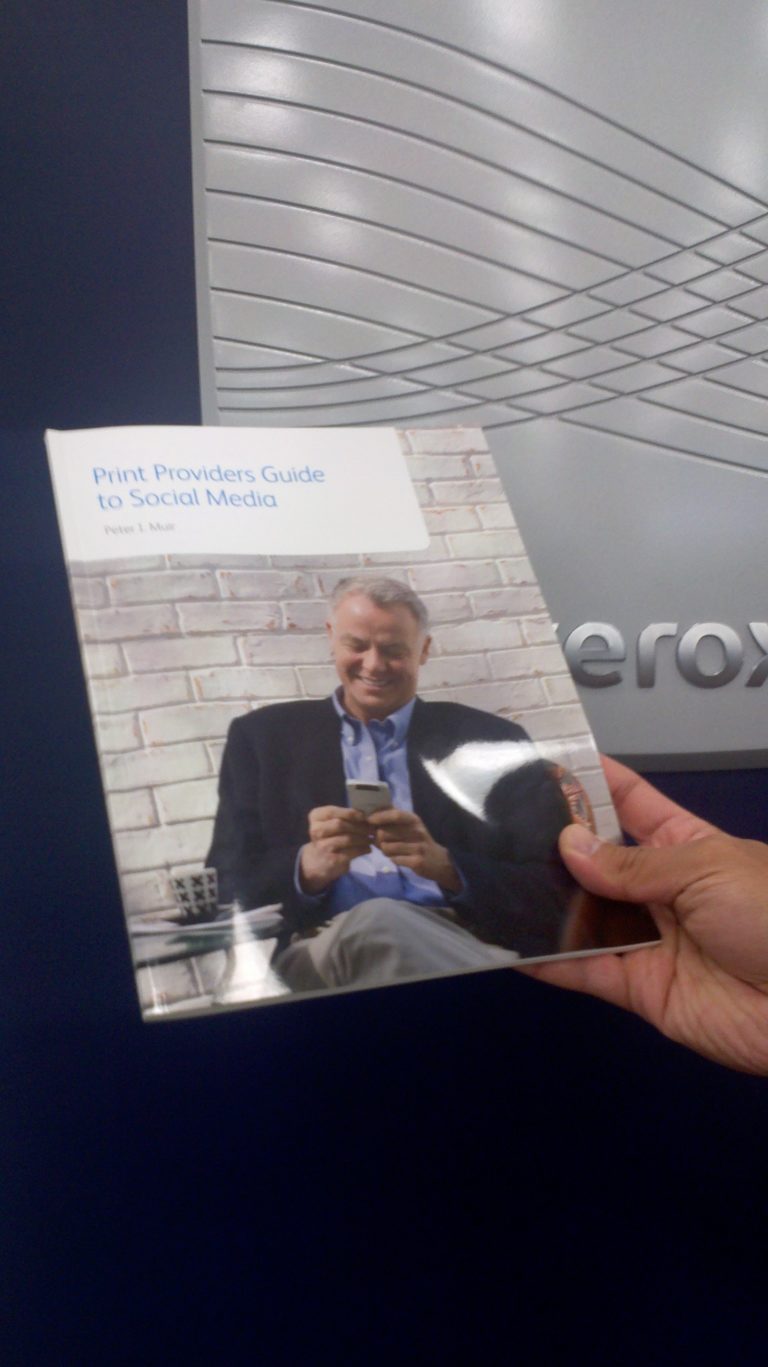 The effectiveness of social media tools such as Twitter to enhance your marketing and sales efforts are controversial. If you ask most people who’ve been in the printing industry for a while, they would say that selling graphic arts services requires a face-to-face, hands-on approach which typically includes phone calls, cold calls, and face-to-face meetings. For companies selling the same services they have sold for years within their geographic area, this may still be true.
The effectiveness of social media tools such as Twitter to enhance your marketing and sales efforts are controversial. If you ask most people who’ve been in the printing industry for a while, they would say that selling graphic arts services requires a face-to-face, hands-on approach which typically includes phone calls, cold calls, and face-to-face meetings. For companies selling the same services they have sold for years within their geographic area, this may still be true.
But it’s not true for everyone. For companies that are expanding to a larger area, diversifying into new markets, and selling more services, there may be value in using social media to help identify new buyers and become more visible to customers through the use of multiple channels.
There are many ways that companies use Twitter to help market their services. Writing blogs and articles and posting links to articles can create the impression that you are a thought leader. Posting and linking to successful case histories can reinforce both brand recognition and messages about new products and services. Some companies use social media to help support customer service efforts and more closely engage with existing customers.
If you’re interested in having your company get listed higher on the Google search page (also known as search engine optimization, aka SEO) using Twitter as a way to link back to your webpage can increase your “backlinks” which is one of the more effective ways to enhance your SEO.
Recently I crossed over the 1K mark of Twitter followers (1,000). Like many people today, I use Twitter as a tool for lead generation, to engage prospects, to drive followers to more in-depth content, and to increase SEO. But that success required years and over 1600 postings. And that’s the dark side. While the advantage is that it’s fast and cheap, the disadvantage is that it requires a huge and ongoing time commitment. Even the most efficient, experienced user still spends a minimum of twenty minutes per day, five days a week. Less experienced users, who lack automated tools, could spend an hour a day.
To answer the question, “To Tweet or not to Tweet?” we have to start by understanding its limitations. Twitter is more of a marketing tool than a sales tool. It’s useful for lead generation, thought leadership, and SEO. But if you’re a printing company in a small area, you know all of your customers and prospects, and your existing marketing strategies are working, it may not be for you.
What do you think? Is social media an effective tool or a waste of time? Do you spend time to posting to Twitter, LinkedIn, and Facebook? And if you do, is it worth the time that it takes?
If you enjoyed this post, you may also be interested in:
- Personalized Video: The Next Media in New Media
- Four Ways Brands Can Avoid Losing Followers
- Facebook as a Marketing Tool
- QR Codes: More Than Just Shortcuts
_____
Howard Fenton is a consultant and business advisor at NAPL. Howie advises commercial printers and in-plants on benchmarking performance against industry leaders, increasing productivity through workflow management, adding and integrating new digital services, and adding value through customer research. He is a paid contributor to this blog.


